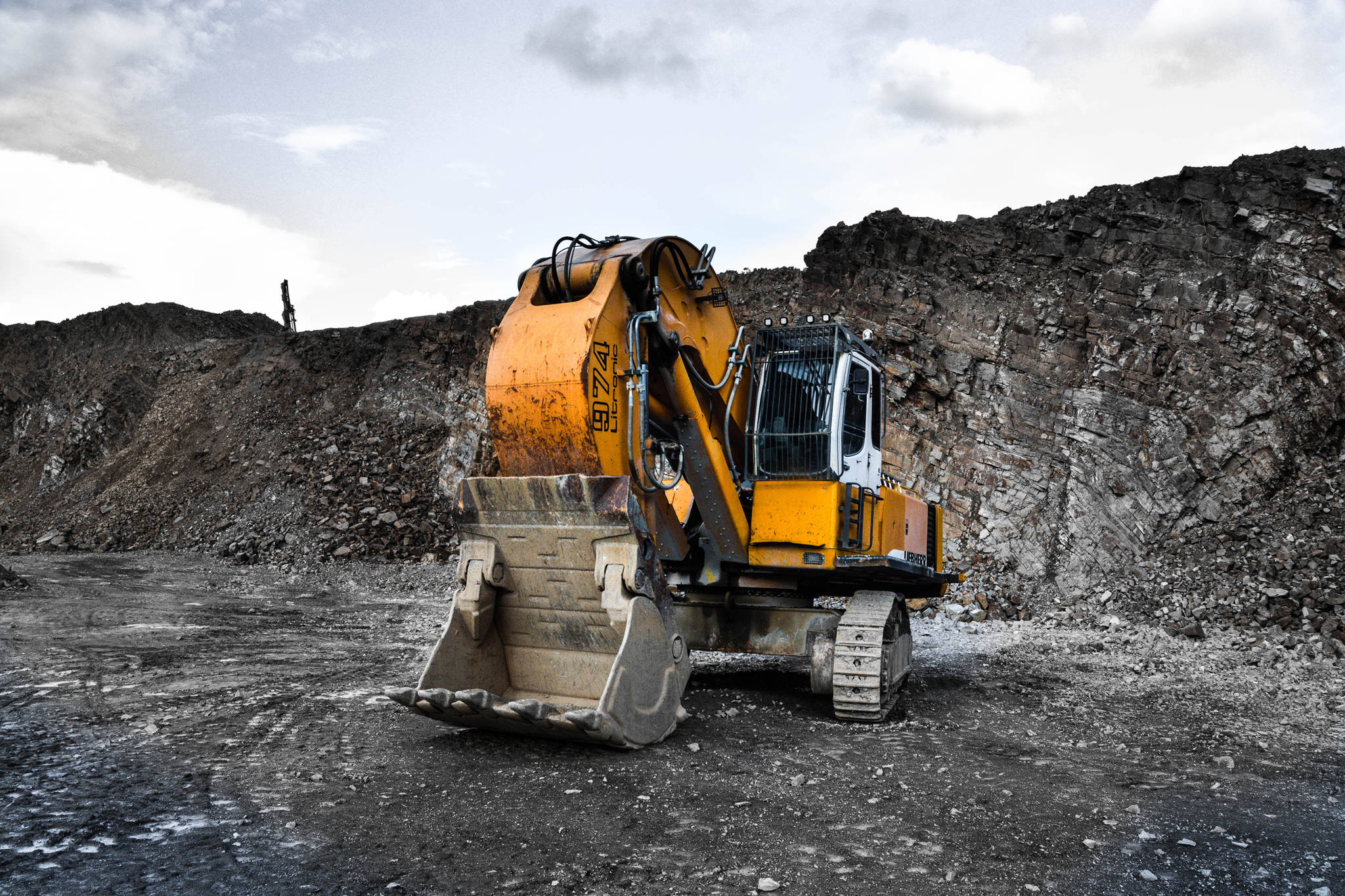While informed and objective input is welcome, it is unfortunate that the U.S. Army Corps of Engineers public review process for the Draft Environmental Impact Statement (DEIS) for the proposed Pebble Project is being manipulated by some biased “experts for hire” from outside. Now, full disclosure, I am not a scientist, but I asked our technical staff to help me clear up recent public misrepresentations by Cameron Wobus and David Chambers.
Their misleading attacks against the Pebble Project may be good propaganda and generate desired headlines, but they do not stand up to scrutiny. Concerned Alaskans who have legitimate concerns about the long-term health and productivity of the fishery resource in the region deserve better.
One of the most egregious examples of this is the recent report prepared by lead author Cameron Wobus and associates titled “Modeling the Impacts of a Tailings Dam Failure at the Pebble Mine.”
The Wobus presentation also has errors in fact. For example, it states “The Pebble Mine Draft EIS dismisses the risk of a tailings dam failure …” and the “Draft EIS did not consider a Tailings Dam Failure.” This is wrong. The fact is that the DEIS provides a comprehensive assessment of various potential tailings spill scenarios in Section 4.27-62.
[Opinion: Alaska can’t afford reckless rhetoric on Pebble Mine]
Further, Wobus mistakenly asserts that changes in physical conditions associated with an accidental tailings release would result in impacts to the fishery (harvest). This is wrong. In fact, the third party expert opinions in the DEIS contradict Wobus: “… drainage wide or generational impacts to populations of salmon from direct habitat losses associated with the scenario would not be expected.” (Page 4.27-89, 4.27-107)
Perhaps Wobus should stick to the physical sciences and not stray into the biological or geotechnical disciplines with which he has no apparent expertise. While he may have a Ph.D. in the physical sciences, it is not in the biological or geotechnical sciences. He is unqualified to speak on fish-related topics and tailings technical matters under the auspices of a credentialed expert. Thus the “conclusions” of his presentation are entirely suspect.
By contrast, the tailings design team at Pebble has decades of specific experience from professional, credentialed geotechnical engineers. Of note, their cursory review of the Wobus extreme failure scenario was characterized to me as “physically impossible.”
[Could Canadian mine be cautionary tale for Southeast?]
Chambers, with degrees in geophysics and engineering physics, has also strayed from his areas of expertise into biology, for which he has no professional training. For example, he asserted in an online blog last fall that the number of spawning salmon should be multiplied by the number of eggs they produce to assess the number of salmon impacted by Pebble. This is wrong and any credentialed fish biologist will acknowledge it.
Even more troubling though are the comments Chambers makes which incorrectly ascribe a role to Knight Piesold in the Mt. Polley tailings dam breach and erroneously assert that the Pebble tailings dam design is similar to that of Mt. Polley, thereby inferring the dams at Pebble will be prone to similar failure.
Surprisingly, the truth is that Chambers knows better — he co-authored a study in 2017 which cites the expert panel report on Mt. Polley, stating: “… the miner deviated from the construction design, and the review committee found the dam would not have failed if the original design had been followed.” Further, Knight Piesold are on the public record: “… the statement that the dam was designed by Knight Piesold is false, as the dam that breached at Mt. Polley was a markedly different design from that prepared by Knight Piesold.”
Both Wobus and Chambers have past (and perhaps current) connections with Ann Maest, a discredited “expert for hire” who participated in a highly publicized episode in Ecuador involving Chevron and the fraudulent manipulation of water quality information. Even the Environmental Protection Agency had to disassociate its relationship with Maest. The views of Wobus and Chambers should be met with a healthy dose of skepticism given their associations with Maest.
As the public conversation about Pebble continues to increase, please pause when the “experts for hire” bring their gloom and doom shows to town in a blatant attempt to cloud your views of Pebble.
• Mark Hamilton is the executive vice president of External Affairs for the Pebble Partnership. My Turns and Letters to the Editor represent the view of the author, not the view of the Juneau Empire.

